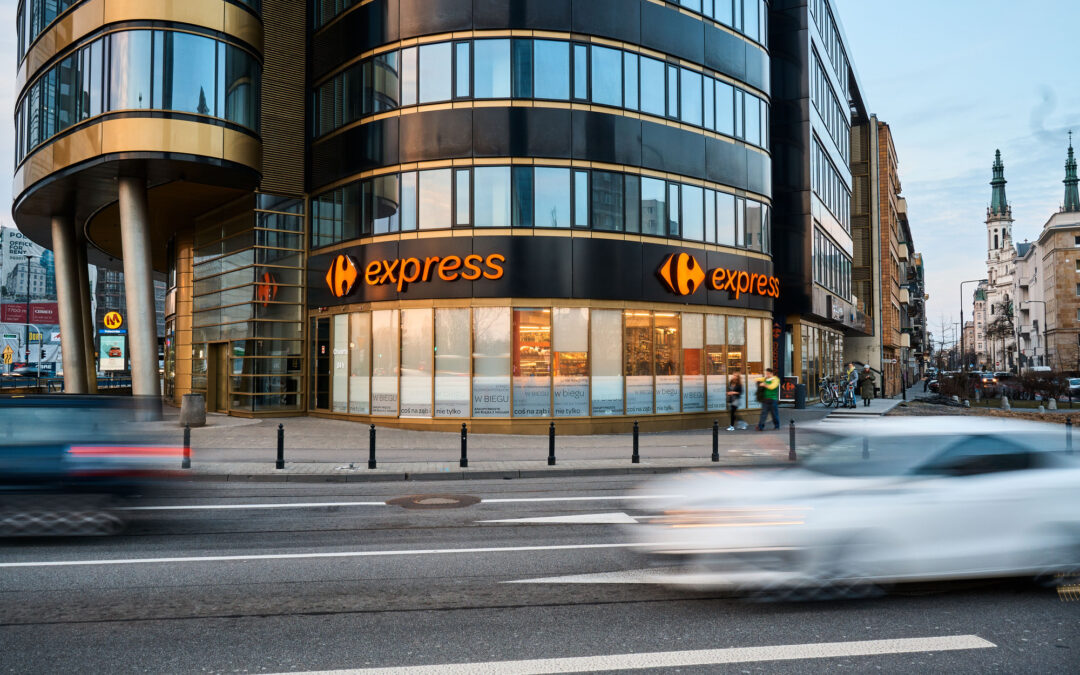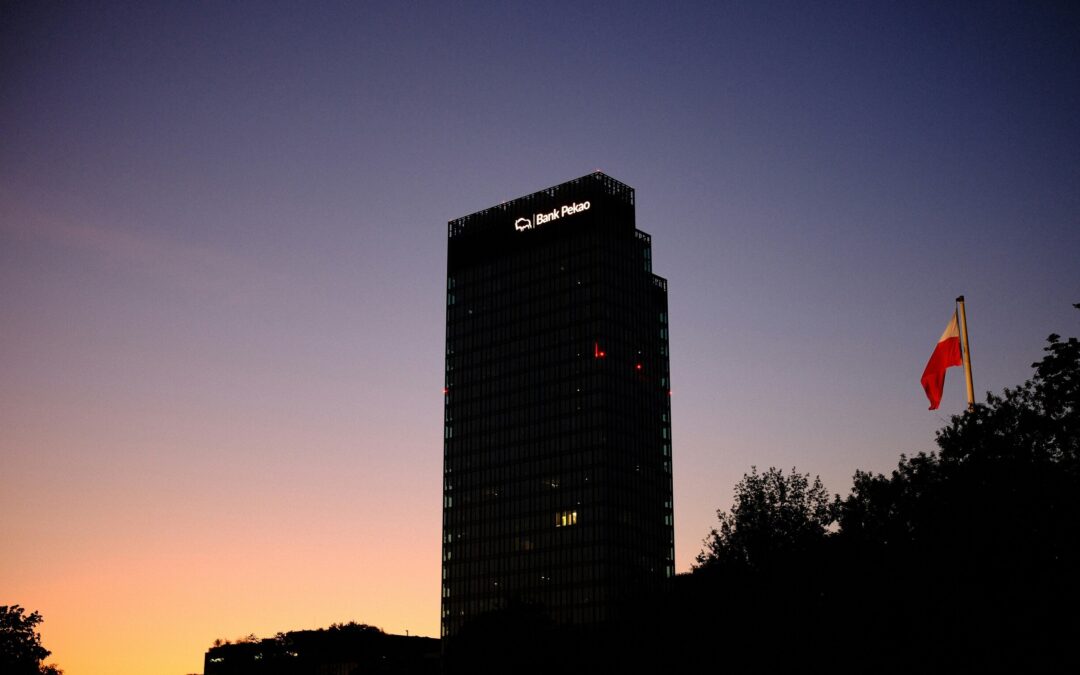A mural honouring Polish intelligence officer Mieczysław Słowikowski, who played a key role in the successful landing of Allied troops in North Africa during World War Two, has been unveiled in Morocco in a ceremony attended by the Polish, US and British ambassadors.
The artwork, which is located on the side of a 35-metre-high office building in the northern city of Kenitra, is dedicated to both Słowikowski and the success of the operation that he helped facilitate, freeing Morocco from the Nazi-aligned Axis.
In #Kenitra, we recognized the incredible story of Polish Army Major Mieczysław Słowikowski – also known as “Rygor” – who played a pivotal role in helping plan #OperationTorch in 1942 and supporting the allies as they fought to protect North Africa from Nazi aggression.
2/2 pic.twitter.com/qf3EtFTo2U— Ambassador Puneet Talwar (@USAmbMorocco) January 23, 2023
Operation Torch saw over 105,000 Allied troops land on the beaches of Morocco and Algeria – which were under the control of German ally Vichy France – on 8 November 1942 in what was the largest amphibious military landing in history at the time.
By 11 November, the Allies had taken control of all of French North Africa, giving them a strong position for their attack on the German Afrika Korps in Libya, in which they pushed the Germans and Italians out of North Africa.
Słowikowski, as head of the Polish spy network “Agencja Afryka” (Africa Agency), played a crucial role in ensuring the success of the operation.
Operating under the alias “Rygor”, he recruited more than 200 agents for the operation and provided the British and Americans with more than 1,200 inside reports on the situation in Morocco and Algeria.
American troops heading to the beaches at Oran in Algeria during Operation Torch 1942.
I wonder how young the lad in the middle is?Colour by Colourized Jackson pic.twitter.com/E6MReKK9zj
— Historygirl (@janeyellene) November 5, 2022
The mural depicts the three phases of the operation. A 17-metre-high figure of Słowikowski represents the importance his intelligence played in planning the invasion.
Alongside him, a map shows the landing sites of the Allied troops and an image features Sultan Mohammed V, the future king of Morocco, US President Roosevelt and British Prime Minister Winston Churchill at the subsequent Anfa (Casablanca) Conference of January 1943.
The mural was an initiative of the Polish Embassy in Rabat and was designed by Polish artist Ewa Potocka, who lives in the Moroccan city of Fez. It was painted by Potocka alongside fellow Polish artists Anna Troczynska and Daria Makarewicz over the course of 10 days in late December.
80 years ago, 850 ships where about to start Operation Torch, the Allied invasion on French North Africa. Behind the scene, a lot happened on the French side. A #WW2 #Thread 🧵 pic.twitter.com/zQSvR67T7E
— Romain Bréget (@Kormin_) November 7, 2022
Speaking at the unveiling of the mural, Krzysztof Karwowski, Polish Ambassador to Morocco, told broadcaster TVP World that “the reason why we decided to paint the mural is to commemorate and honour the great military action that Operation Torch was”.
“This project is also intended to highlight the pivotal role of Poland’s intelligence during WWII era, in particular, the contribution of Słowikowski not just to the successful Allied amphibious landing in Morocco but to their ultimate victory in WWII and, in the longer run, to Morocco regaining its independence.”
For his contribution to Operation Torch, Słowikowski was awarded the Legion of Merit by the US armed forces in 1943. After the war, he settled in London and in 1988 his book, In the Secret Service: The Lighting of the Torch, was published, detailing his time as an agent during World War Two. He died the following year.
Main image credit: U.S. Embassy & Consulates in Morocco

Anna Hackett is an assistant editor at Notes from Poland. She is a recent graduate of European Studies from Trinity College Dublin and has had previous journalistic experience with the Irish Independent News & Media group.




















